
Reading Jbrary’s awesome post on the importance of repetition in early literacy reminded me of a specialized library program I used to facilitate way back when I first started out as a librarian – Language Fun Story Time. The program was designed for children with speech language delays, and one of its leading principles was “one story three ways”, that is, telling a single story in three different ways. Emphasizing repetition provides ample opportunities to experience, explore and practice vocabulary, and using a variety of different storytelling methods recognizes that children learn and process information in different ways.

While this specific program was intended for children with a specific diagnosis, the concept of telling a story in different ways during a single program can be used to great effect in any early literacy setting, whether it’s the library, a daycare or preschool, or at home! Retelling the same story in different ways helps reinforce vocabulary, keeps children engaged, provides opportunities for interaction and participation, and more. Also, as children become more familiar with a story, it can be a great confidence booster for them to be able to participate in each retelling. It’s also a lot of fun!
During my stint as a LFST facilitator, we typically told each story three ways during a single session using three basic techniques.
The book – We’d start off by reading a book together, asking questions and encouraging participation as we would in any story time.

The felt story – Next we’d tell the same story using felts. Ideally we’d distribute the felt pieces and have children take turns placing their pieces on the board at the appropriate moments in the story.

The toys/puppets – Finally it was time for the toys! This time around we’d again distribute the props and encourage the children to participate in the storytelling using the toys or puppets. We’d also leave the toys out for self-directed play following the program.

Our programs were intentionally kept small in part so that it would be easier to ensure that all participants had an opportunity to participate. If you have massive story time groups, as I’ve had in the past, you might not be able to have children physically participate by handling felts or toys, but that doesn’t mean they can’t still participate orally! As you’re retelling the story, ask children which felt piece should go on the board next, or to pick which toy should represent a certain character, and encourage discussion and dialogue just as you would if you were reading from a book.
Another option, depending on the age and size of your group, could be to have kids physically act out the story you’ve been reading, taking on the roles of different characters in the story! I haven’t done this in a regular story time myself, but it could definitely be a great way to really reinforce vocabulary.
While repetition is important, and kids thrive on repetition, simply telling the same story three times in a row can get, well, a bit too repetitive, so I like to intersperse my stories with plenty of songs and rhymes to keep kids moving and actively engaged. And while we retold the same story three ways, you can retell it twice, or four times, whatever works best for your group.
I’ve actually blogged several LFST outlines over the past few years, so definitely check them out for ideas of stories that work particularly well when told three different ways. Clicking on a book title will take you to that book’s post, where I share examples of the felts and toys we used that session, as well as some of my thoughts on what worked, and what might have worked better!

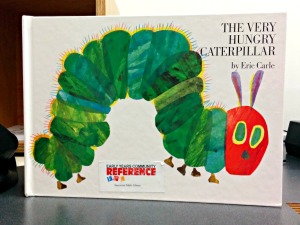
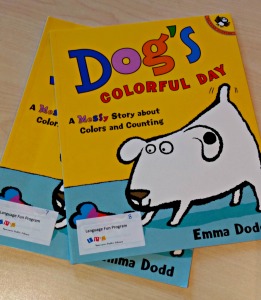
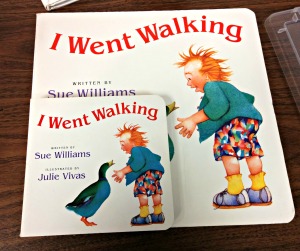
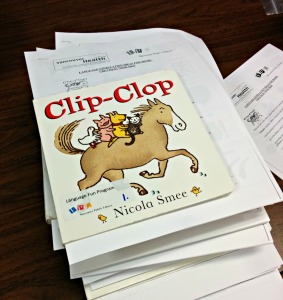
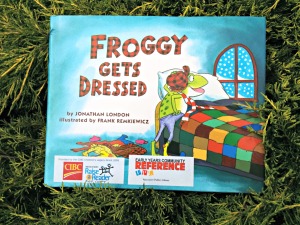
I hope this post was helpful! Do you retell stories at your story times? What storytelling techniques do you use?